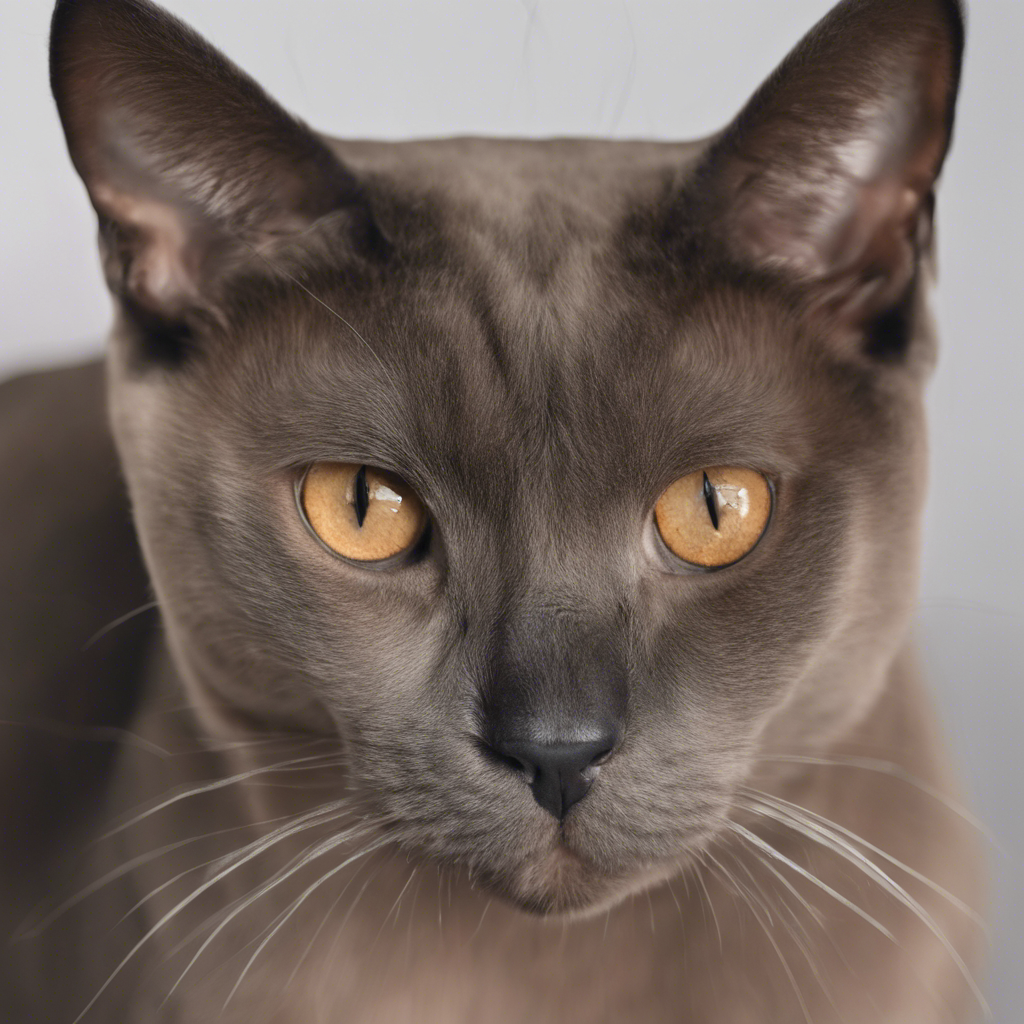Treatment options for age-related diseases in Burmese cats
A Burmese cat is more than just a pet - it is a loyal companion that enchants us with its gentle purring and graceful appearance. However, as with all things in life, there comes a time when these velvet paws get on in years. Ageing is a natural process, which unfortunately also brings with it certain age-related illnesses. But don't worry, with the right treatment options, Burmese cats can lead a full and happy life even in old age.
The silver age: diseases in old age
As soon as our Burmese beauties enter their golden years, the risk of certain diseases increases. These include, among others:
- Renal insufficiency: A common condition in older cats.
- Arthritis: Mobility is restricted, climbing stairs becomes a challenge.
- Dental problems: Tooth loss and gum disease are not uncommon.
- Heart disease: A silent ailment, often unnoticed until it becomes serious.
While this list may seem daunting, there is a silver lining on the horizon - modern veterinary medicine has made great strides in treating these age-related ailments.

From tried and tested to innovative: treatment options
The treatment options for age-related diseases in Burmese cats are varied and always aimed at keeping the quality of life of our beloved four-legged friends as high as possible.
Countering renal insufficiency with caution
Early intervention is the key to success in kidney disease. Treatment often includes
- Specialised kidney diet food
- Medication to support kidney function
- Ensure sufficient fluid intake
But it's not just about medication. Loving care and an environment adapted to the needs of the patient can work wonders.
Against arthritis: exercise and therapies
Arthritis may restrict movement, but with a tailored therapy programme your cat can continue to enjoy a good quality of life. This includes:
- Light, regular exercise to maintain joint flexibility
- Pain management through medication
- Supplements to support joint health
Special cat beds and easily accessible resting places also contribute to a sense of well-being.
Tackling dental problems
Gum disease and tooth loss can not only be painful, but can also affect general health. A thorough dental examination and, if necessary, teeth cleaning under anaesthetic can be crucial. In addition, feeding special diet food can help to clean teeth.
Treating heart disease with care
Close monitoring is crucial in the diagnosis of heart disease. Modern medication can slow down the progression of the disease and alleviate the symptoms. A calm and stress-free home is also of great importance for the well-being of your cat.
The end of life - a question of quality
All in all, the treatment of age-related illnesses in Burmese cats is not about averting the inevitable, but about making the remaining time as pleasant and pain-free as possible. This requires a combination of professional veterinary care, adaptations in the home and, last but not least, a lot of love and patience.
Ultimately, the golden years of our furry friends are a time to cherish and enjoy. With the right treatment options, we can help our Burmese cats live out their old age with dignity and in the best possible health. Because every extra purr, every gentle head nudge and every relaxing afternoon of sunbathing is a gift - both for our cats and for us.
Treatment options for age-related diseases in Burmese cats open up the possibility of providing our beloved four-legged friends with a high quality of life in their later years. By keeping a close eye on their health and proactively caring for their well-being, we can ensure that the years we share with our gentle companions are fulfilling and happy for both them and us.
FAQs
How old does a Burmese cat get?
The life expectancy of a Burmese cat can vary depending on genetics and living conditions. Normally, these cats reach an age of up to 17 years. Due to genetic disposition and the challenges that can arise from inbreeding, such as immune deficiencies and specific diseases, the average life expectancy is around 12 years. The most important thing is to create a healthy and stimulating environment for the cat and to ensure regular visits to the vet for prevention and early detection of diseases.
Can you keep a Burmese cat alone?
Burmese cats are considered to be very social and affectionate creatures that enjoy the company of both humans and conspecifics. As they are very intelligent, they often find creative ways to explore their surroundings, including escaping from spatial restrictions. So if you are frequently travelling and can't spend enough time with your cat, you should definitely consider getting a second cat to keep the Burmese cat company.
What diseases can cats get as they get older?
As cats age, they are prone to a variety of health problems. The most common age-related diseases include chronic kidney disease, osteoarthritis, various cancers - especially mammary tumours and cancer of the digestive tract, hyperthyroidism, systemic hypertension and diabetes mellitus. Regular veterinary check-ups are crucial in order to identify and treat these diseases at an early stage.
How do you treat cats properly?
There are a few golden rules to follow for a harmonious relationship between cats and humans. These include giving the cat enough freedom and never forcing it to seek closeness or interaction. A balanced diet, regular medical check-ups, sufficient exercise and mental stimulation are just as important. In addition, cat owners should make sure to provide the cat with a clean and accessible toilet and treat it with a lot of love and patience. Species-appropriate treatment and consideration of the cat's natural needs make a significant contribution to its well-being.




